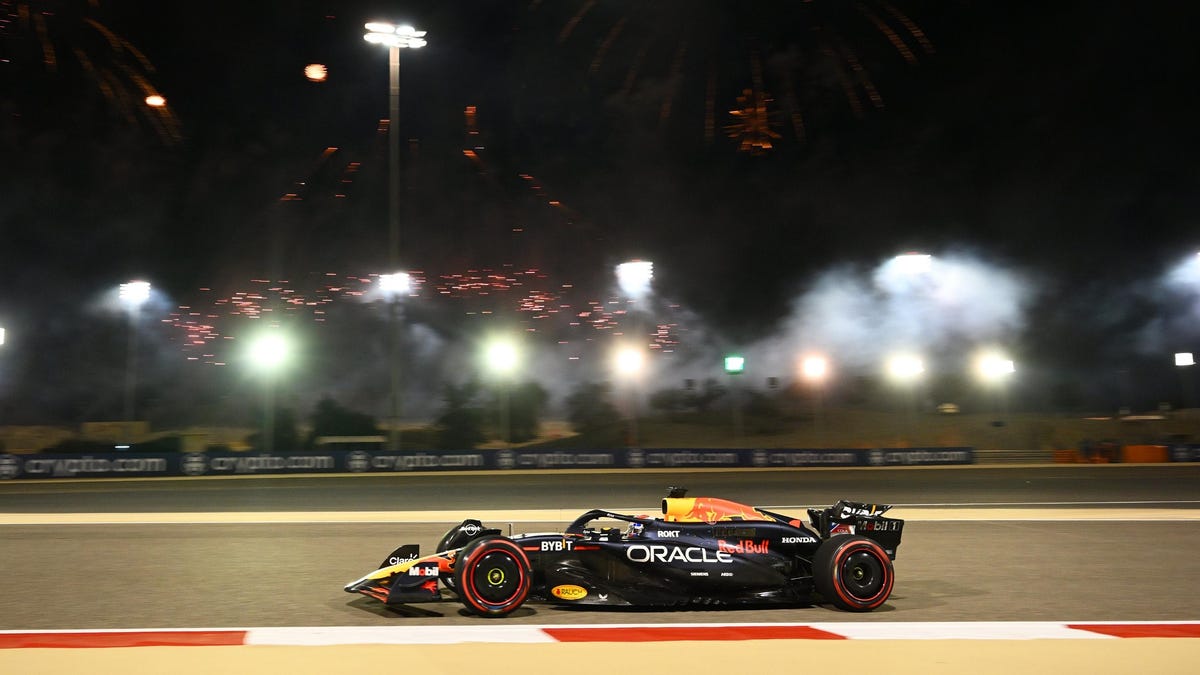This weekend’s Bahrain Grand Prix was unequivocally a snooze fest. Max Verstappen took his RB20 from pole, led every lap, and finished 25 seconds clear of the non-Red Bull runners. But that alone is not what made it boring—though it was an important factor—because for the first time in F1 history, every single car that started the season opener finished. There wasn’t a single crash, a single “hydraulic failure,” a blown up engine, an overheating issue, nothing. Max lapped all of the non-points positions and it was as clinical and cold as any sport has ever been.
Max has been a Formula 1 driver since 2015. Prior to his joining the sport, just four Grands Prix had been seen through to the checkered flag without a single DNF. Since 2015, as of this weekend, twelve additional races have finished with the same number of drivers as took the start. It’s apparently become quite easy to build a reliable Formula 1 car, and that’s taken an extra level of uncertainty out of the championship. It also proves that the drivers aren’t pushing their cars beyond the limits anymore, which is its own travesty. Verstappen, for his part, hasn’t seen a retirement since the Australian Grand Prix in 2022, an utterly overwhelming 42 races ago.
The series clearly has engineered this whole charade though a series of choices and rules changes over the last decade. Perhaps chief among them is the deal it has orchestrated with Pirelli to build shitty tires with engineered-in degradation. Of course the regulations explicitly require reliability, as teams need to engineer components to last several races to avoid penalty.
This is supposed to be the engineering pinnacle of motorsport, pushing every component of the car to the absolute limits in order to achieve a lower lap time. The drivers haven’t been able to consistently push the limits of the car, as they are now judged by how well they can “manage the tires” which is a terribly boring thing to watch on track. Because drivers aren’t going flat chat, preserving the grip in their tires as long as possible, the engines, gearboxes, and brakes are allowed a much more leisurely life in the car, and can run several grands prix without catastrophic implosion.
Drivers also don’t need to push to the limit in order to execute a pass on another driver, because they can just wait until they’re “within the DRS window” to calmly float past on the straights. An equally dull way to run a televised race, as there is less of an emphasis on late braking or forcing your opponent into an error. Fewer opportunities for car-on-car contretemps means less aggressive driving, which means fewer revs, less full-throttle, and a more relaxed engine.
There are a number of other things contributing to this, including long term rulebook freezes, series-imposed cost caps, the removal of in-race fueling, and improvements in metallurgy, data collection, and engine management technology. The 2023 season saw an average of fewer than two retirements per grand prix, and three races went off without a single retirement. That was an extreme rarity a decade ago, but it’s become pretty commonplace in the time since. I don’t like it.

